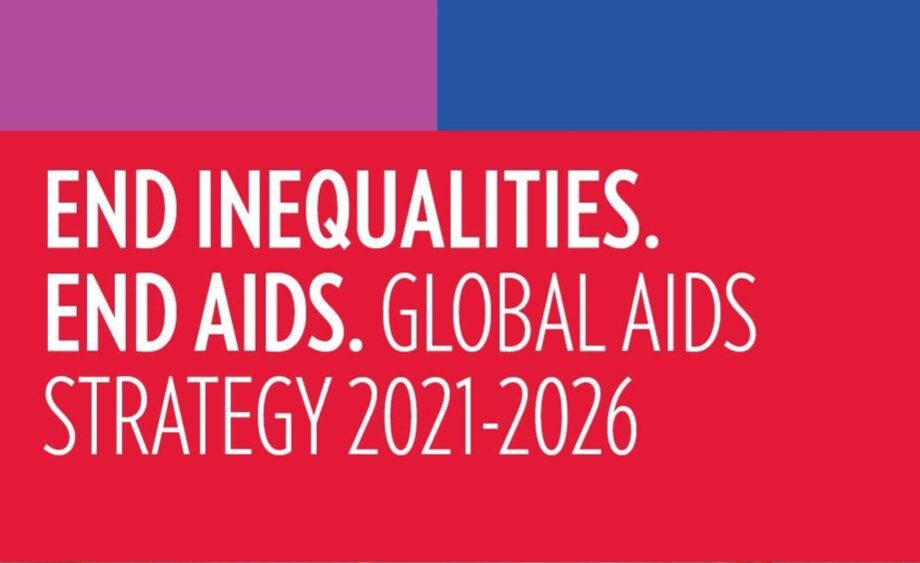By Zayamu Hassan
The United Nations General Assembly has set what many described as an ambitious target to end inequalities in HIV in the next five years.
In its meeting on AIDS, the recently held UN General Assembly adopted an ambitious but achievable target christened: Political Declaration on HIV and AIDS: Ending Inequalities and Getting on Track to End AIDS by 2030.
The declaration, according to a statement by the UNAIDS, is based on evidence, grounded in human rights and will serve as an important road map to advance the global HIV response over the next five years.
The statement quoted the Executive Director of UNAIDS, Winnie Byanyima, as saying: “I would like to thank all Member States. Over the past two months they have drafted, negotiated and delivered a bold political declaration that will guide global efforts to end a pandemic that has ravaged countries and communities for 40 years.”
The UNAIDS further noted that important advances have been achieved in the 2021 political declaration, including new targets to ensure that 95 percent of people at risk of HIV use combination HIV prevention services, a greater emphasis on community-led provision of service.
The target is also to ensure that 80 percent of services for key populations are provided by communities and a commitment to end inequalities, going far beyond Sustainable Development Goal 10, reduce inequalities.
The High-Level Meeting on AIDS was convened by the President of the General Assembly, with the co-facilitators; the ambassadors of Australia and Namibia leading negotiations on the political declaration; 193 Member States were represented and the speakers included 14 presidents, five vice-presidents and four prime ministers, with many high-level dignitaries also participating in the thematic panels and 30 supporting events.
The events covered issues from how to increase treatment coverage for children to how to scale up harm reduction and empower young people and adolescents.
The five thematic panels x-rayed issues including: “Addressing Inequalities to End AIDS: 10 Years to 2030; putting People and Communities at the Centre of the Response to AIDS; resources and Funding for an Effective AIDS Response; advancing Gender Equality and Empowering Women and Girls in the AIDS Response and addressing the Impact of the COVID-19 Pandemic on the AIDS Response and Building Back Better for Pandemic Preparedness.
The High-Level Meeting on AIDS featured the participation of people living with HIV, senior United Nations officials, representatives of international organizations, the private sector, civil society and academia and other stakeholders, who discussed practical ways of translating the new political declaration into action and results.




